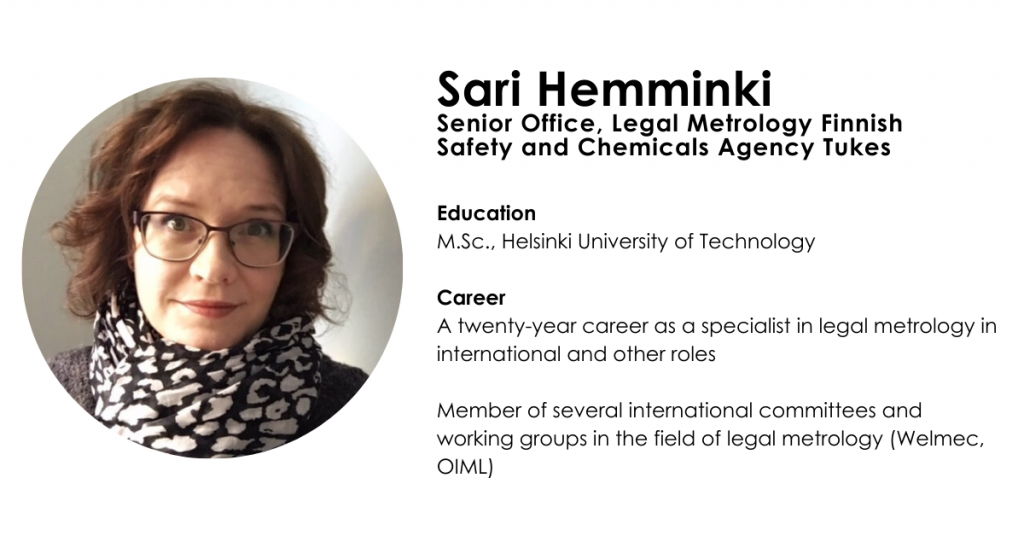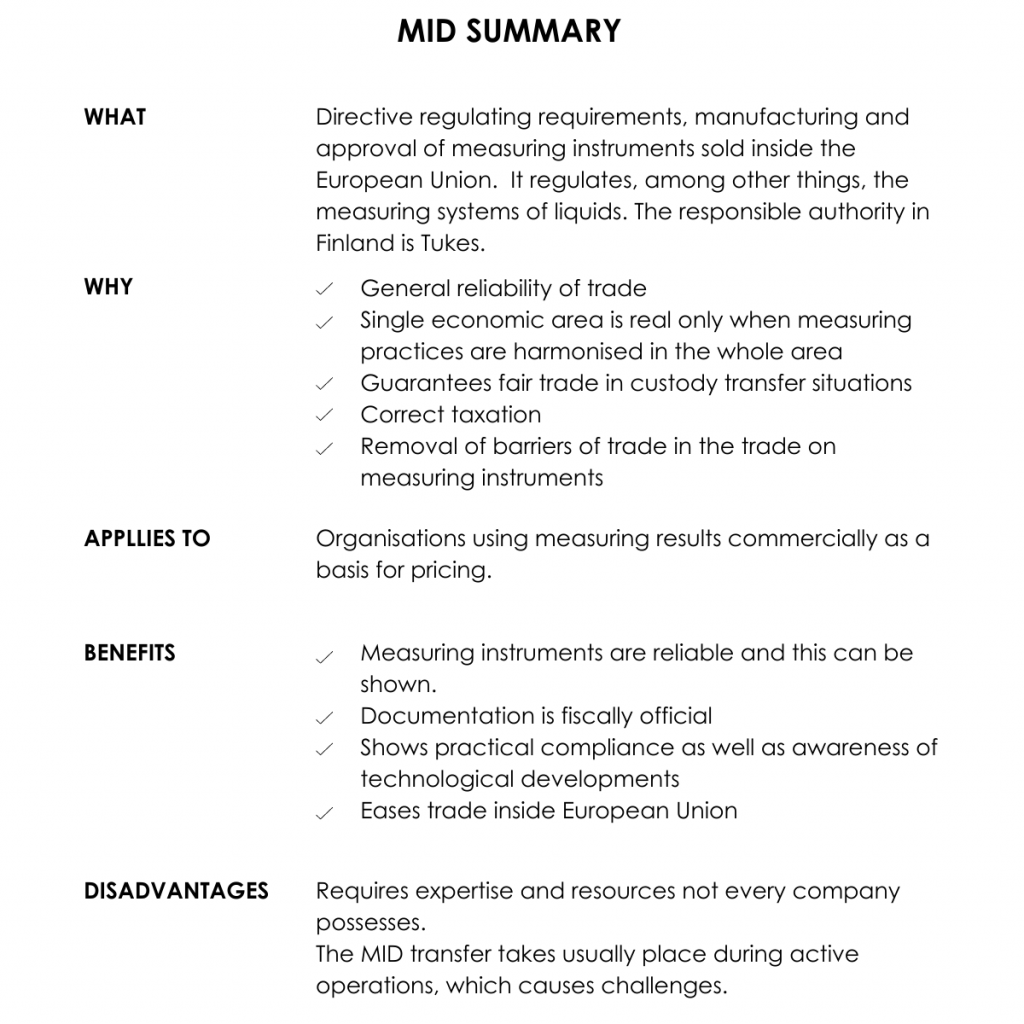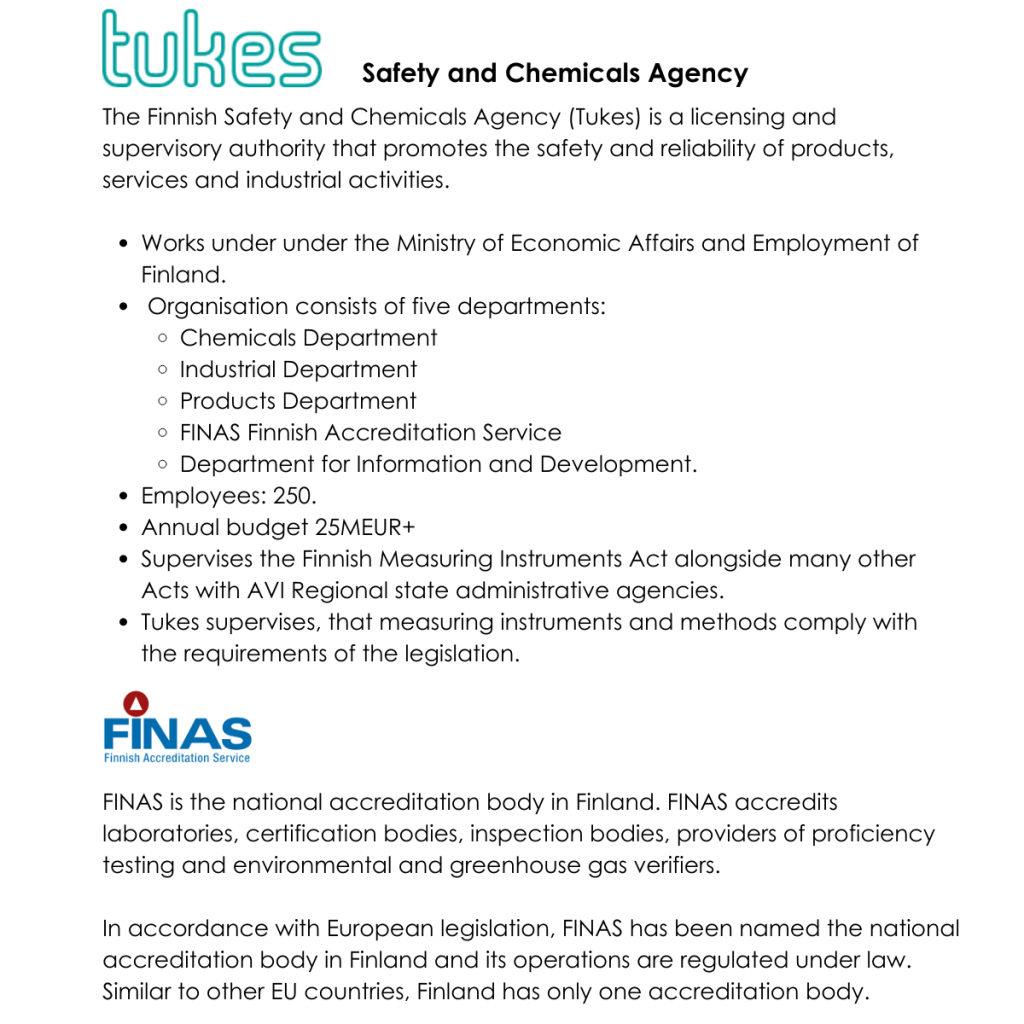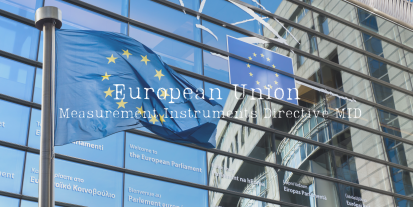Measuring Instruments Directive MID is one of the product directives of the EU. It regulates requirements, production and approval of measuring instruments sold within the European Union. The Directive deals with both measuring instruments and software used in legal metrology. The usage of measuring instruments conforming with MID is controlled by national authorities. In Finland’s the authority in question is Tukes, the Finnish Safety and Chemicals Agency. Senior Officer, M.Sc. Sari Hemminki tells more about the background of the MID Directive. Hemminki has expertise in legal metrology throughout her career stretching more than two decades.
This is the fourth article in the series of articles, discussing legal metrology organisations, experts and legislation in global, European and Nordic context from a viewpoint of a company such as Ontec. In this article special attention is paid to MID’s MI-005 section, which guides systems used for measuring liquids other than water.

Why MID?
Senior Officer Sari Hemminki of Tukes tells that the preparation of MID took quite a while due to the many fields of application of MID and requirements to be harmonised.
”Regulation concerning measuring and measuring instruments is the basis for conducting trustworthy business. Before harmonised Directives, all member countries could set national requirements to measuring devices and attestation of conformity. On top of that, there were also some dated, voluntary EC Directives. By having harmonised requirements on measuring instruments, the EU wants to guarantee their free movement and trade. This can be achieved by harmonising regulation. This also ensures their reliability and accuracy, where their usage falls under the sphere of legal metrology. ”

Application of the first Measurement Instruments Directive started in 2006. Its second version, 2014/32/EU, came into full force ten years later. After the transition time ended on October 30th 2016, all new or renewed measuring systems have to have MID Certification, if the measurement result is commercially used for determining price.
The differences between the first and the second MID were not significant. ”Revision of the MID had to do with harmonising terminology and procedures with other product directives. At the same time, some obligations of economic operators were clarified and renewed,” tells Hemminki.
What should companies know about MID
According to the Finnish Measuring Instruments Act, the party using commercially the measurement results in its business is responsible for ensuring that the measuring instrument used complies with MID requirements. This applies also to B2B transactions, not only to consumer trade.
MI-005 of MID is a significant field of application for energy and process industries. MI-005 applies to measuring systems of all liquids other than water.
Such liquids are, for example:
- Fuels, lubricants and oil products (also bioproducts)
- Liquid gases
- Other chemicals in a liquid state

Challenges of MID
”At times the question arises, how much one can renovate or fix a measuring system complying with old rules before it actually turns into a basically new system, that would have to comply with the new MID requirements”, Senior Officer Hemminki notes.
”This is a question inspection bodies ponder over. Together with Tukes, they have been preparing joint guidelines on measuring systems, their repairs and certification. As a rule of thumb, one can replace a broken part from an old system with a similar one and then have it re-certified. But should any functionalities change when the part is changed, the system has to be certified according to the new MID.”
Role of Tukes
”Tukes is the supervisory authority under the Ministry of Economic Affairs and Employment of Finland. It supervises the Finnish Measuring Instruments Act alongside many other Acts with AVI Regional state administrative agencies. The purpose of the Measuring Instruments Act is to ensure the reliability of measuring instruments and results”, specifies Hemminki. ”The law is applied when a measuring instrument or method is used as a basis for pricing. Tukes supervises that the measuring instruments and methods comply with the legislation.”
”When I began my career in Tukes as a project worker 21 years ago, legal metrology was not a familiar topic for me. But I soon got the hang of it, as it dawned on me, how crucial building block legal metrology is for a functioning society,” Hemminki tells about her duties and background. A team of 3,5 experts works in legal metrology and MID related questions in Tukes.



